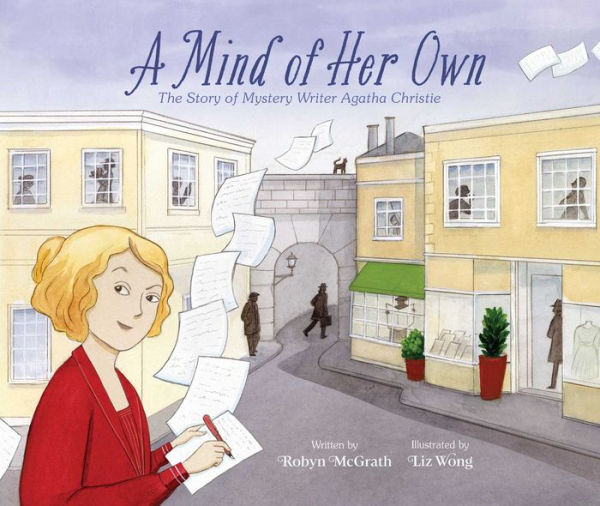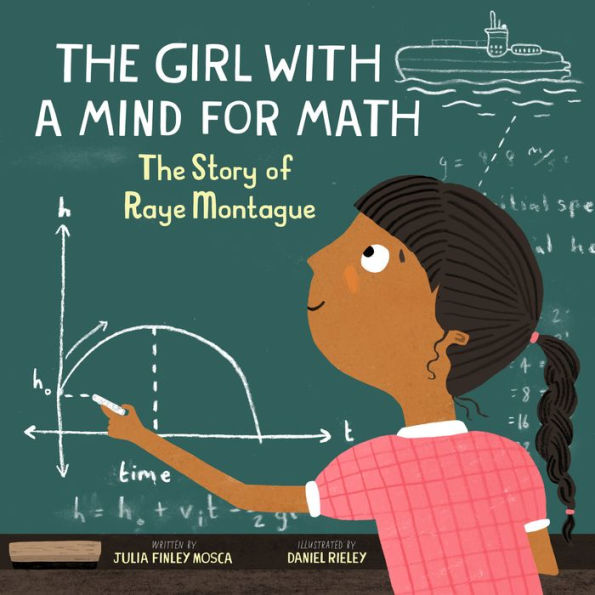Home
Cogwheels of the Mind: The Story of Venn Diagrams
Barnes and Noble
Loading Inventory...
Cogwheels of the Mind: The Story of Venn Diagrams in Chattanooga, TN
Current price: $33.00

Barnes and Noble
Cogwheels of the Mind: The Story of Venn Diagrams in Chattanooga, TN
Current price: $33.00
Loading Inventory...
Size: OS
Used today in spheres of life as diverse as business strategy, creative writing, medicine, computer science, and theoretical physics, Venn diagrams possess fascinating properties. The basic Venn diagram is both elegantly simple—three overlapping circles that intersect to create eight distinct areas—and conceptually innovative. Devised by English logician John Venn (1834–1923) to visually represent complex logical propositions and algebraic statements, the diagrams drew the excited interest of both scholars and the general public.
In
Cogwheels of the Mind
, statistician and geneticist A. W. F. Edwards provides an accessible and engaging history of the Venn diagram, its reception and evolution, and its presence in such objects and images as Christian iconography, tennis balls, and flags which provide a rich source of Venn diagrams for Edwards, including those of Switzerland, Poland, and Japan (all one-set Venn diagrams), Greenland (a two-set Venn diagram), and Maryland (a three-set device).
Edwards begins with a sketch of Venn's life, his discovery of the three-circle design while developing a series of lectures on symbolic logic at Cambridge University, and the publication of his find in an 1880 paper, and, more influentially, his 1881 book,
Symbolic Logic
. Edwards discusses the rival diagrammatic scheme invented by Charles Dodgson, better known as Lewis Carroll, who also developed a board game based on his design. The author also recreates famous Venn diagrams from history, including Winston Churchill's of 1948 depicting the mutual interests of the British Empire, a united Europe, and the English-speaking world, with the United Kingdom located at the intersection.
Edwards goes on to show how different shapes can be linked together to form artistically beautiful and mathematically important, multi-set Venn diagrams, including the author's own influential Adelaide variation. And he delineates the possibilities for expanding the analytic power of these diagrams far beyond those first appreciated by Venn. Edwards even tells readers how to draw complex Venn diagrams on a spherical surface to create "Vennis balls." For anyone interested in mathematics or its history,
is invaluable and compelling reading.
In
Cogwheels of the Mind
, statistician and geneticist A. W. F. Edwards provides an accessible and engaging history of the Venn diagram, its reception and evolution, and its presence in such objects and images as Christian iconography, tennis balls, and flags which provide a rich source of Venn diagrams for Edwards, including those of Switzerland, Poland, and Japan (all one-set Venn diagrams), Greenland (a two-set Venn diagram), and Maryland (a three-set device).
Edwards begins with a sketch of Venn's life, his discovery of the three-circle design while developing a series of lectures on symbolic logic at Cambridge University, and the publication of his find in an 1880 paper, and, more influentially, his 1881 book,
Symbolic Logic
. Edwards discusses the rival diagrammatic scheme invented by Charles Dodgson, better known as Lewis Carroll, who also developed a board game based on his design. The author also recreates famous Venn diagrams from history, including Winston Churchill's of 1948 depicting the mutual interests of the British Empire, a united Europe, and the English-speaking world, with the United Kingdom located at the intersection.
Edwards goes on to show how different shapes can be linked together to form artistically beautiful and mathematically important, multi-set Venn diagrams, including the author's own influential Adelaide variation. And he delineates the possibilities for expanding the analytic power of these diagrams far beyond those first appreciated by Venn. Edwards even tells readers how to draw complex Venn diagrams on a spherical surface to create "Vennis balls." For anyone interested in mathematics or its history,
is invaluable and compelling reading.
Used today in spheres of life as diverse as business strategy, creative writing, medicine, computer science, and theoretical physics, Venn diagrams possess fascinating properties. The basic Venn diagram is both elegantly simple—three overlapping circles that intersect to create eight distinct areas—and conceptually innovative. Devised by English logician John Venn (1834–1923) to visually represent complex logical propositions and algebraic statements, the diagrams drew the excited interest of both scholars and the general public.
In
Cogwheels of the Mind
, statistician and geneticist A. W. F. Edwards provides an accessible and engaging history of the Venn diagram, its reception and evolution, and its presence in such objects and images as Christian iconography, tennis balls, and flags which provide a rich source of Venn diagrams for Edwards, including those of Switzerland, Poland, and Japan (all one-set Venn diagrams), Greenland (a two-set Venn diagram), and Maryland (a three-set device).
Edwards begins with a sketch of Venn's life, his discovery of the three-circle design while developing a series of lectures on symbolic logic at Cambridge University, and the publication of his find in an 1880 paper, and, more influentially, his 1881 book,
Symbolic Logic
. Edwards discusses the rival diagrammatic scheme invented by Charles Dodgson, better known as Lewis Carroll, who also developed a board game based on his design. The author also recreates famous Venn diagrams from history, including Winston Churchill's of 1948 depicting the mutual interests of the British Empire, a united Europe, and the English-speaking world, with the United Kingdom located at the intersection.
Edwards goes on to show how different shapes can be linked together to form artistically beautiful and mathematically important, multi-set Venn diagrams, including the author's own influential Adelaide variation. And he delineates the possibilities for expanding the analytic power of these diagrams far beyond those first appreciated by Venn. Edwards even tells readers how to draw complex Venn diagrams on a spherical surface to create "Vennis balls." For anyone interested in mathematics or its history,
is invaluable and compelling reading.
In
Cogwheels of the Mind
, statistician and geneticist A. W. F. Edwards provides an accessible and engaging history of the Venn diagram, its reception and evolution, and its presence in such objects and images as Christian iconography, tennis balls, and flags which provide a rich source of Venn diagrams for Edwards, including those of Switzerland, Poland, and Japan (all one-set Venn diagrams), Greenland (a two-set Venn diagram), and Maryland (a three-set device).
Edwards begins with a sketch of Venn's life, his discovery of the three-circle design while developing a series of lectures on symbolic logic at Cambridge University, and the publication of his find in an 1880 paper, and, more influentially, his 1881 book,
Symbolic Logic
. Edwards discusses the rival diagrammatic scheme invented by Charles Dodgson, better known as Lewis Carroll, who also developed a board game based on his design. The author also recreates famous Venn diagrams from history, including Winston Churchill's of 1948 depicting the mutual interests of the British Empire, a united Europe, and the English-speaking world, with the United Kingdom located at the intersection.
Edwards goes on to show how different shapes can be linked together to form artistically beautiful and mathematically important, multi-set Venn diagrams, including the author's own influential Adelaide variation. And he delineates the possibilities for expanding the analytic power of these diagrams far beyond those first appreciated by Venn. Edwards even tells readers how to draw complex Venn diagrams on a spherical surface to create "Vennis balls." For anyone interested in mathematics or its history,
is invaluable and compelling reading.
![Paradise State of Mind [Clear Vinyl] [Barnes & Noble Exclusive]](https://prodimage.images-bn.com/pimages/0075678607431_p0_v6_s600x595.jpg)
















